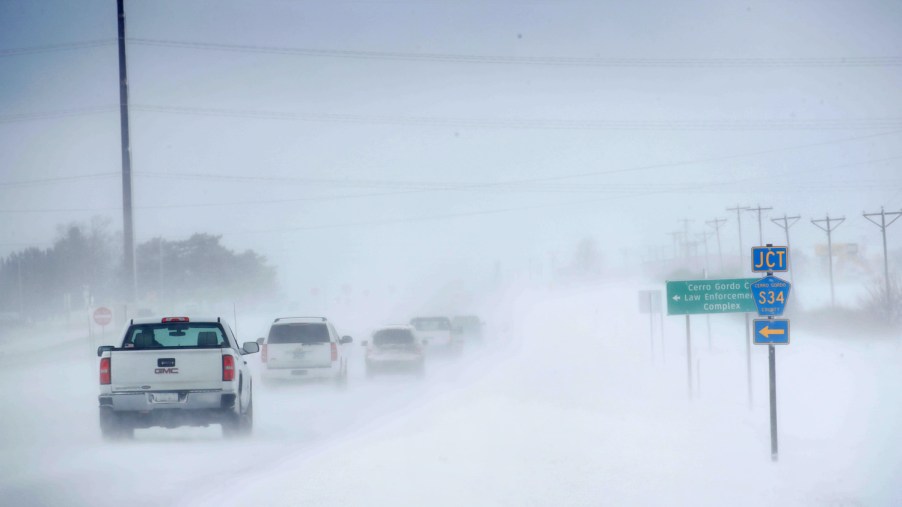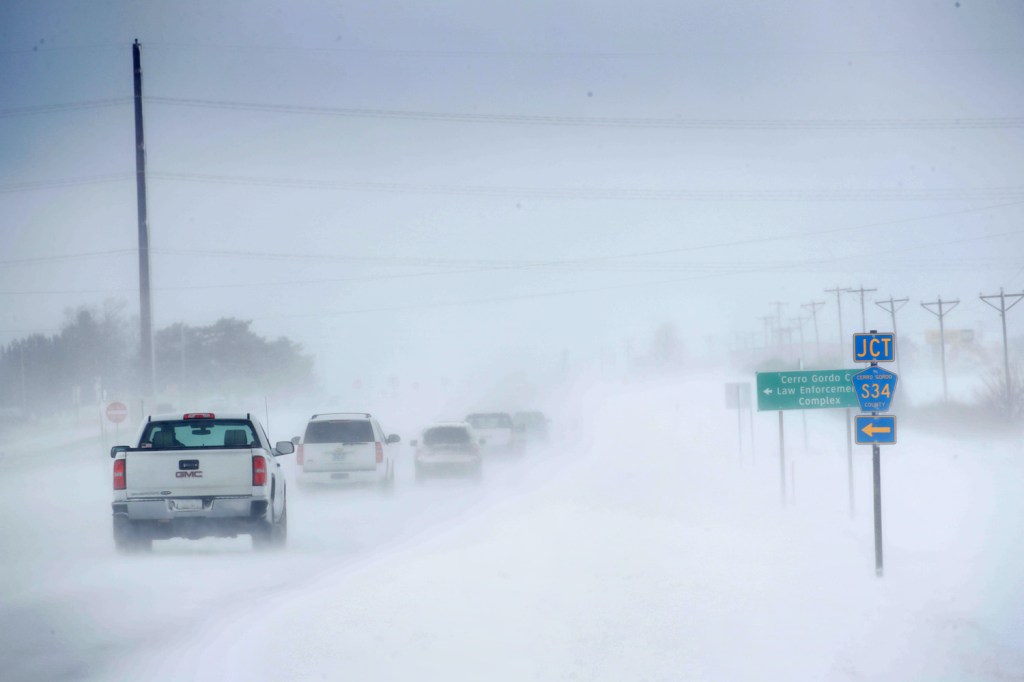
What You Should Know Before Driving on Ice
The leaves have fallen from the trees, daylight savings has passed us by, and the countdown to the holidays has begun. Do you know what that means? Winter is officially biting at our heels. And in some places? It’s basically already arrived. For drivers, winter means making a few adjustments. Whether that means throwing a set of snow tires on your car or stocking it up with emergency supplies is up to you. All in all, though, it pays to be prepared when it comes to driving on ice and snow. Here are a few things to keep in mind:

Driving on ice is dangerous
According to the U.S. Department of Transportation, 24% of weather-related vehicle crashes happen on snowy, slushy, or icy pavement. And on an annual basis? Over 1,300 people are killed, and more than 116,800 people are injured in crashes on snowy or icy roads. Those numbers are nothing to scoff at. Driving on ice is dangerous and, if you can, you should probably avoid it.
Consider investing in a set of snow tires
If, like me, you in an area of the country where it’s snowing more often than not, then you should probably consider investing in snow tires. According to U.S. News & World Report, an easy way to get yourself into trouble in the winter is not equipping your car for slippery conditions. But snow tires? Unique rubber compounds and tread designs help them maintain grip in wintery conditions. So, if you live in an area that’s often hit with snow and ice, snow tires make for a good investment.
Take it easy; it’s not a race
Icy roads shouldn’t be treated like a race track. While it might be tempting to treat those slicked up corners like a slip and slide, AAA recommends adjusting your speed to account for lower traction when driving on snowy or icy roads. But if you do have to accelerate? Slowly apply the gas to regain traction. However, if you apply the gas too hard, you run the risk of your tires spinning out.
How to handle turns when driving on ice
But what happens if your car does start to slide? HowStuffWorks says that you shouldn’t make any drastic corrections. While it may be your first instinct to do so, you should try not to slam on the brakes either. Instead, gently steer your car in the direction of the skid. Then, once you’ve regained traction, you can apply the gas.
Be prepared for an emergency
Before hitting the road this winter, it’s important to ensure that it’s not just your car that’s prepared, but you too. Popular Mechanics recommends stocking your car up with things like wool blankets, water, and a first aid kit. You should also keep winter car essentials like road flares, windshield de-icer, a flashlight, and a folding shovel on hand too. An extra phone charger is always a good idea as well.
Putting safety first is crucial to winter driving
Driving in the winter can be risky. Especially if you’ll be driving on ice or in the middle of a snowstorm. That’s why it’s essential to make sure that you’re prepared for an emergency every time that you get behind the wheel. Doing things like keeping your car’s gas tank half full at all times, having an emergency kit on hand, and investing in snow tires can be immensely helpful. Don’t forget; if you’re driving on ice, it’s better to slow down than pick up the pace too.



